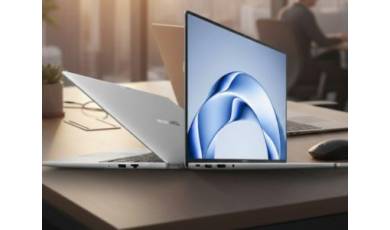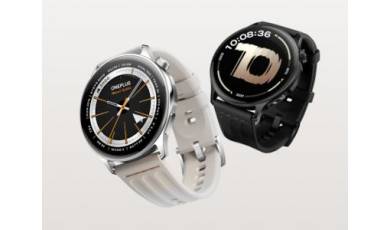Flash firmware on Hisense D7
Mobiles >> Hisense >> Hisense D7| Specifications | Reviews | Secret codes |
| Unlock phone | Root phone |
| Backup | Flash Firmware | Screenshot |
How to flash Hisense D7?
Why reinstall the firmware?
Errors begin to appear in the Android operating system.
Some installed applications stop opening.
Many applications from the Play Market do not start.
The phone restarts by itself for no reason.
The phone began to slow down a lot.
You are not satisfied with the functionality of the stock firmware.
Where can I find the firmware?
On the phone manufacturer's website.
On specialized services on which various developers lay out custom or official OS.
What should be done before installing the firmware?
Create a backup copy of user data and transfer it to your computer.
Insert your SD card into your phone. An SD card is needed to write firmware to it.
Find out the exact model of your smartphone.
Fully charge your phone. If the battery runs out during boot, the device will no longer turn on.
Download Firmware and Place it on the SD card.
Installing TWRP Recovery
Install the Official TWRP App via the Play Market. And run this application.
When you start the application for the first time, you need to give consent to future manipulations, as well as to give consent to granting the application Superuser rights and click the 'OK' button.
Going to the next screen, select the item 'TWRP FLASH' and provide the application with root-rights.
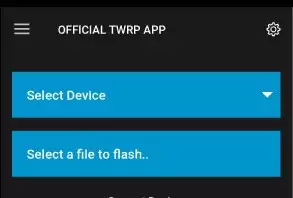
On the main screen of the application, the 'Select Device' drop-down list is available, in which you need to find and select the device model for installing the recovery.
After selecting a device, the program redirects the user to a web page to download the corresponding image file of the modified recovery environment. Download the suggested *.img file.
When the file is loaded, you need to return to the main screen of the Official TWRP App and press the 'Select a file to flash' button. Select the file downloaded in the previous step.
Press the 'FLASH TO RECOVERY' button and confirm your choice.
When the message 'Flash Completed Succsessfuly!' appears. Click 'OK'. The TWRP installation procedure can be considered complete.
Transfer the firmware and other necessary files to the SD card.
Insert a SD memory card into the phone.
To reboot in recovery, it is convenient to use a special item in the Official TWRP App menu, accessible by pressing the button with three stripes in the upper left corner of the main screen of the application. We open the menu, select the 'Reboot' item, and then tap on the 'REBOOT RECOVERY' button. The phone will reboot into the recovery environment automatically.
Firmware via TWRP
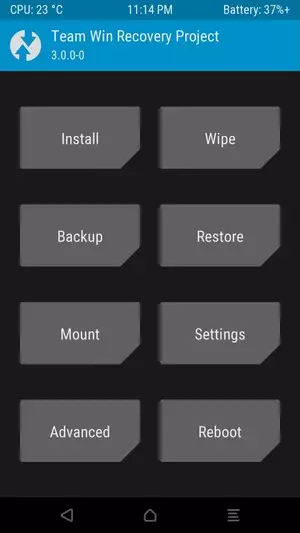
Before flashing, you need to delete all user data from the phone, this will avoid errors in the software, as well as other problems. Press 'WIPE' on the home screen.
Everything is ready to start flashing. Press the 'Install' button.
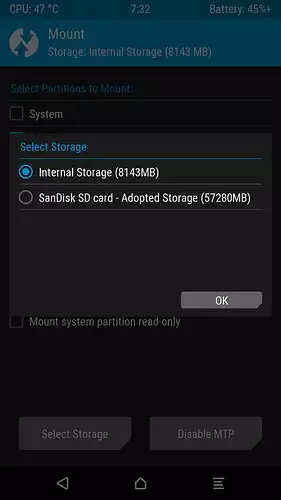
The file selection screen appears. At the very top there is a 'Storage' button for selecting an SD card.
Select the storage to which the files were copied. Press the OK button.
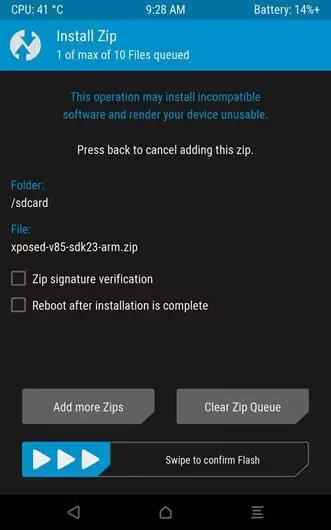
Select the firmware file and click on it. A screen opens with a warning about possible negative consequences, you need to check the item 'Zip signature verification', which will avoid using corrupted files when writing to the phone's memory sections.
The procedure for flashing the phone will begin, this is accompanied by the appearance of inscriptions in the log field and the movement of the progress bar.
The completion of the installation procedure is indicated by the inscription 'Successful'.
Summary: OS: Android 9.0 Pie; Processor: Unisoc T312; Processor clock: 2.00 GHz; Number of cores: 4; GPU: PowerVR GE8300; RAM: 4 GB, 6 GB, 8 GB; Internal memory: 64 GB, 128 GB, 256 GB; Memory cards: yes; microSD, microSDHC, microSDXC (up to 128 GB); Display: Color / IPS TFT; 16M colors, 60 Hz; 720 x 1440 px (5.70") 282 ppi; 61.5% screen-to-body ratio; Display protection: yes; Type: Standard; Photo matrix: 13 Mpx; Flash: yes LED; Digital zoom: yes; Focal length: 100 mm; Video formats: H.263, H.264, MPEG4; Video resolution: 1920x1080; Additional: AF; Type: Portrait; Photo matrix: 8 Mpx; Flash: yes; Digital zoom: yes; Additional: FF; A-GPS: yes; GPS module: yes; Bluetooth: yes v4.2; EDGE: yes; GPRS: ye ...
Comments, questions and answers on the flash firmware Hisense D7
Ask a question about Hisense D7

